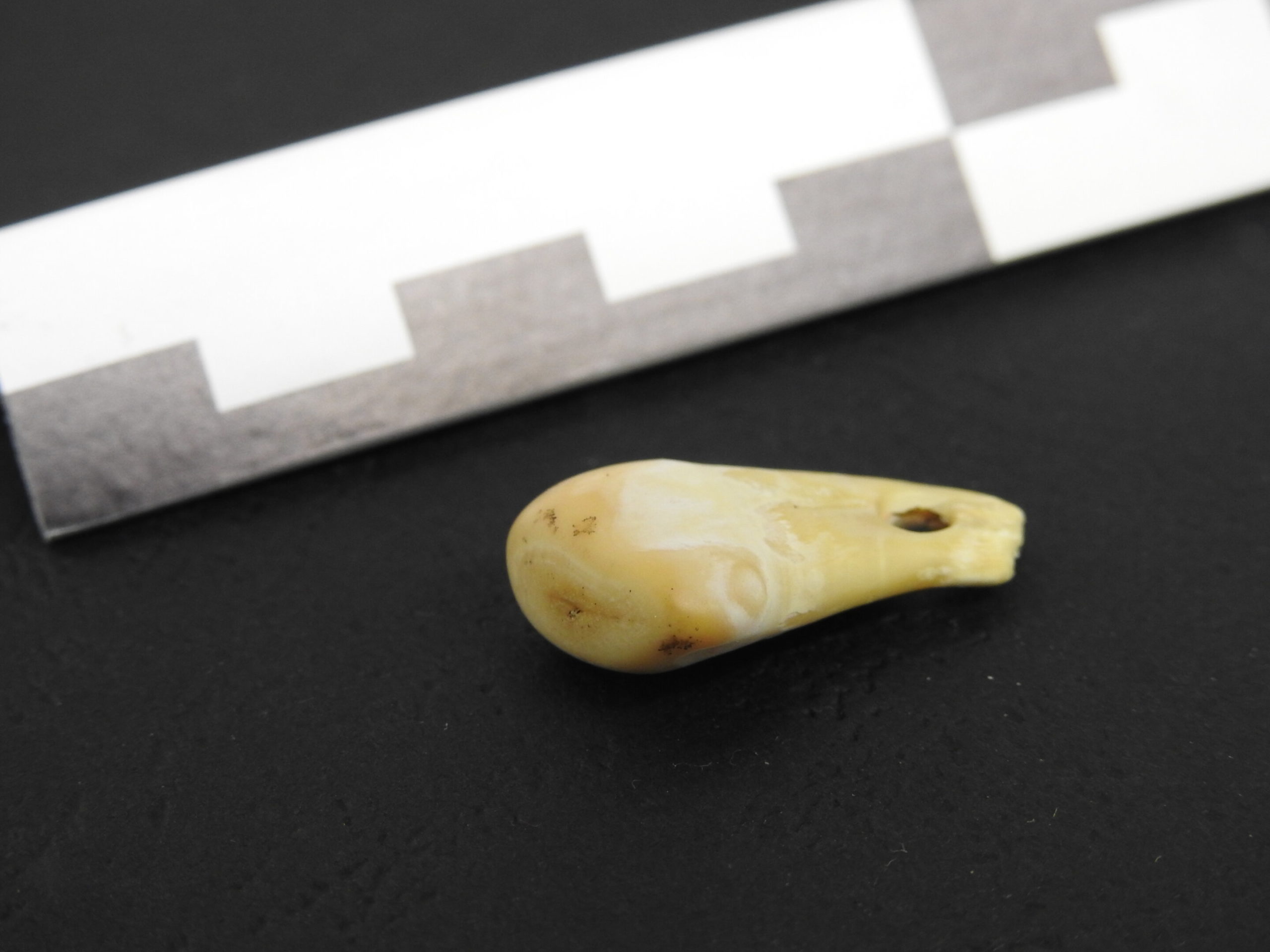
An international team of scientists has developed a non-destructive method to recover human DNA from ancient bone and teeth artifacts. They were able to recover human DNA from a 20,000-year-old Elk tooth pendant.
Stone tools, bones, and teeth from olden days offer significant clues about how early humans lived, behaved, and expressed their culture.
Sadly, it has been challenging to link these ancient items to particular people due to a lack of burials and grave goods during the Paleolithic period. This limitation has hindered our understanding of topics such as how work was divided, and the social roles of people during that era.
To gain more profound insights into Paleolithic communities by directly linking cultural objects to specific individuals, a group of international and interdisciplinary researchers led by the Max Planck Institute for Evolutionary Anthropology in Leipzig has developed an innovative, non-destructive technique for extracting DNA from bones and teeth.
The researchers specifically focused on artifacts made from bones and teeth since they are more porous and likely to hold onto DNA present in skin cells, sweat, and other body fluids, even though they are generally less common than stone tools.
Preservation of artifacts
Before analyzing actual artifacts, the team took steps to make sure the precious objects wouldn’t get damaged. Preserving the integrity of the artifacts, including any small details on their surface, was a top priority, according to Marie Soressi, an archaeologist from the University of Leiden.
To develop their technique, the team experimented with different chemicals to see how they affected the surface structure of the bone and tooth pieces. Ultimately, they created a phosphate-based method for DNA extraction that is non-destructive.
Elena Essel, the study’s lead author, and developer of the method, likened the process to a washing machine for ancient artifacts. By washing the artifacts at temperatures up to 90°C, the team could extract DNA from the wash waters without harming the objects themselves.
Testing done on the artifacts
To test their method, the team used it on a group of artifacts from the Quinçay cave in France that had been excavated between the 1970s and 1990s.
Although they were able to detect DNA from the animals that the artifacts were made from in some cases, the majority of the DNA they found belonged to people who had handled the objects during or after the excavation. This made it difficult to identify any ancient human DNA.
To address this problem, the researchers turned to newly excavated material that had been handled with gloves and face masks. They are put into clean plastic bags with sediment still attached.
They analyzed three tooth pendants from Bacho Kiro Cave in Bulgaria, where the oldest securely dated modern humans in Europe have been found. These samples showed much lower levels of modern DNA contamination, but unfortunately, no ancient human DNA could be identified.
DNA from a single human being
However, when the researchers analysed an elk tooth pendant from Denisova Cave in Russia, they did discover ancient human DNA, and came to the conclusion that it most likely came from a single human person, after doing an examination of mitochondrial DNA. They then estimated the age of the pendant to be between 19,000 to 25,000 years old based on their findings.
The elk tooth pendant from Denisova cave did not only yield ancient DNA from the animal it was made from but also substantial amounts of ancient human DNA – presumably from the person handling the pendant in the deep past! Illustration by @AnnetteGunzel (8/22) pic.twitter.com/ZzmBoWZ4R7
— Elena Essel (@ElenaEssel) May 3, 2023
The researchers were able to retrieve a significant portion of the nuclear genome of its human owner in addition to the mitochondrial DNA found on the necklace.
This allowed them to conclude that the person who manufactured, used, or wore the pendant was a woman who was genetically closely related to contemporaneous ancient individuals from further east in Siberia, known as the ‘Ancient North Eurasians.’
The goal of the study is to determine the genetic origins and gender of the people who manufactured, wore, or utilized the artifacts that were made from bone and teeth during the Stone Age. The researchers want to adapt their approach to additional items that were made during that time period.
See all the latest news from Greece and the world at Greekreporter.com. Contact our newsroom to report an update or send your story, photos and videos. Follow GR on Google News and subscribe here to our daily email!



